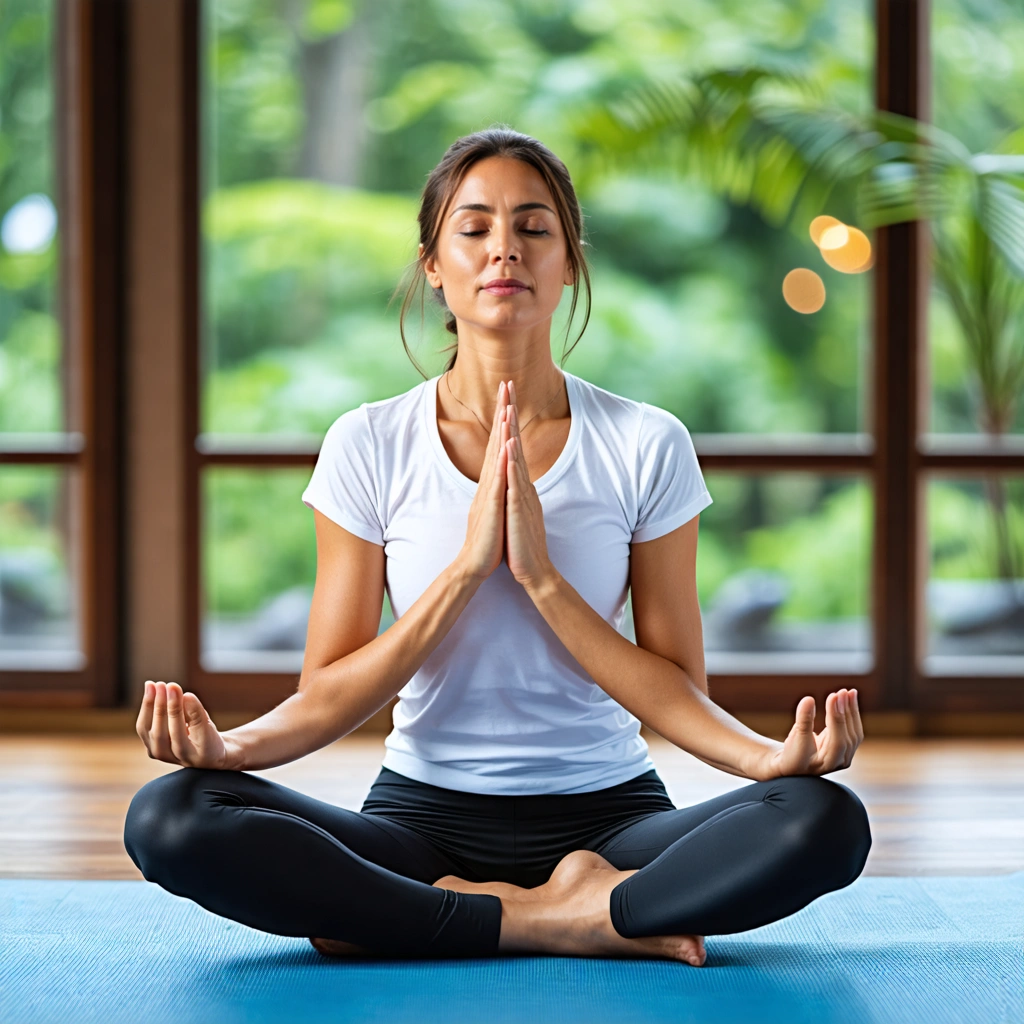
The Role of Breathwork in Yoga: Techniques for Better Practice
Takeaways: Breathwork, or pranayama, is a fundamental aspect of yoga that enhances the physical, mental, and emotional benefits of your practice. By incorporating breath control techniques, practitioners can improve their focus, reduce stress, and deepen their connection to the present moment.
In the world of yoga, breathwork is often considered the bridge between the body and the mind. It is through our breath that we can achieve greater awareness and enhance our physical practice. This article explores the essential role of breathwork in yoga, delving into various techniques that can elevate your practice and overall wellbeing.
Understanding Breathwork in Yoga
Breathwork, known as pranayama in Sanskrit, is the practice of controlling the breath to influence the flow of energy in the body. The word “pranayama” translates to “regulation of breath,” which plays a crucial role in yoga. The breath is closely linked to our mental and emotional states; by mastering it, we can enhance our physical practice and bring about a deeper sense of calm and relaxation.
Yoga enthusiasts often emphasize the significance of synchronized breath with movement. This synchronization helps to focus the mind, reduce distractions, and cultivate mindfulness. Moreover, breathwork can facilitate a deeper connection to the poses, allowing practitioners to explore their limits safely and effectively.
Techniques for Better Breathwork in Yoga

1. Diaphragmatic Breathing
Diaphragmatic breathing, or abdominal breathing, involves engaging the diaphragm as you inhale and exhale. This technique allows for deeper inhalation, filling the lungs fully and improving oxygen exchange. To practice, place one hand on your chest and the other on your abdomen. As you breathe in deeply through your nose, allow your abdomen to rise while keeping your chest relatively still. Exhale slowly through your mouth, feeling your abdomen fall. This method enhances relaxation and reduces stress.
2. Ujjayi Breath
Ujjayi breath, also known as victorious breath, is commonly used in vinyasa and ashtanga yoga practices. It involves slightly constricting the back of the throat while breathing to create a soft, ocean-like sound. This technique helps maintain a steady rhythm of breath during practice, aiding concentration and focus. To practice Ujjayi breath, inhale deeply through your nose, then exhale through your nose while creating a gentle constriction in your throat. The sound of your breath will serve as an anchor throughout your poses.
3. Nadi Shodhana (Alternate Nostril Breathing)
Nadi Shodhana, or alternate nostril breathing, is a powerful technique for balancing the mind and calming the nervous system. To practice, sit comfortably and use your right thumb to close your right nostril. Inhale deeply through your left nostril, then close it with your right ring finger. Open your right nostril and exhale through it. Inhale through the right nostril, close it, and exhale through the left. This cycle can be repeated for several minutes, promoting relaxation and mental clarity.
4. Kapalabhati (Skull Shining Breath)
Kapalabhati is a dynamic breath technique that involves forceful exhalations followed by passive inhalations. This technique energizes the body, clears the mind, and enhances lung capacity. To practice, sit comfortably and take a deep breath in. Exhale forcefully through your nose while contracting your abdominal muscles. Allow the inhale to happen naturally. Repeat for several rounds, focusing on the rhythm of your breath. This practice can invigorate your energy levels and prepare you for your yoga session.
Conclusion
Breathwork is an invaluable aspect of yoga that can significantly enhance your practice. By integrating various techniques, you can deepen your connection to your body, improve focus, and cultivate mindfulness. Whether you are a novice or an experienced yogi, exploring breathwork will undoubtedly enrich your yoga journey. Remember, the breath is a powerful tool—use it wisely to unlock the full potential of your practice.
For more information on the benefits of breathwork in yoga, check out Yoga Journal, Mindbodygreen, and Healthline.





